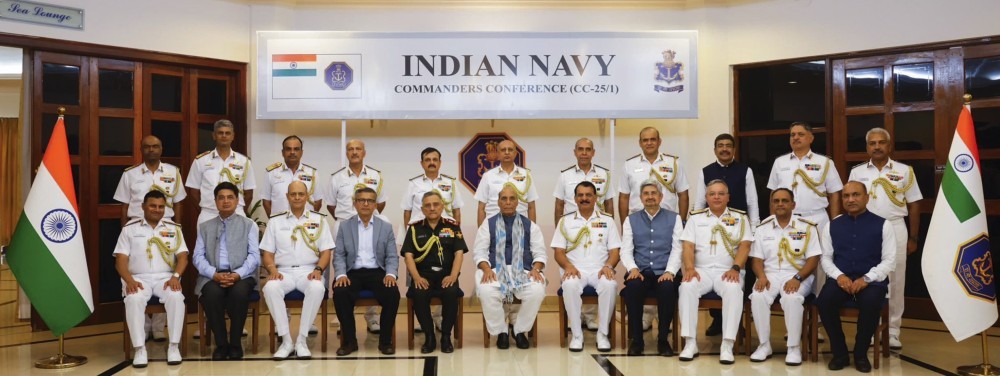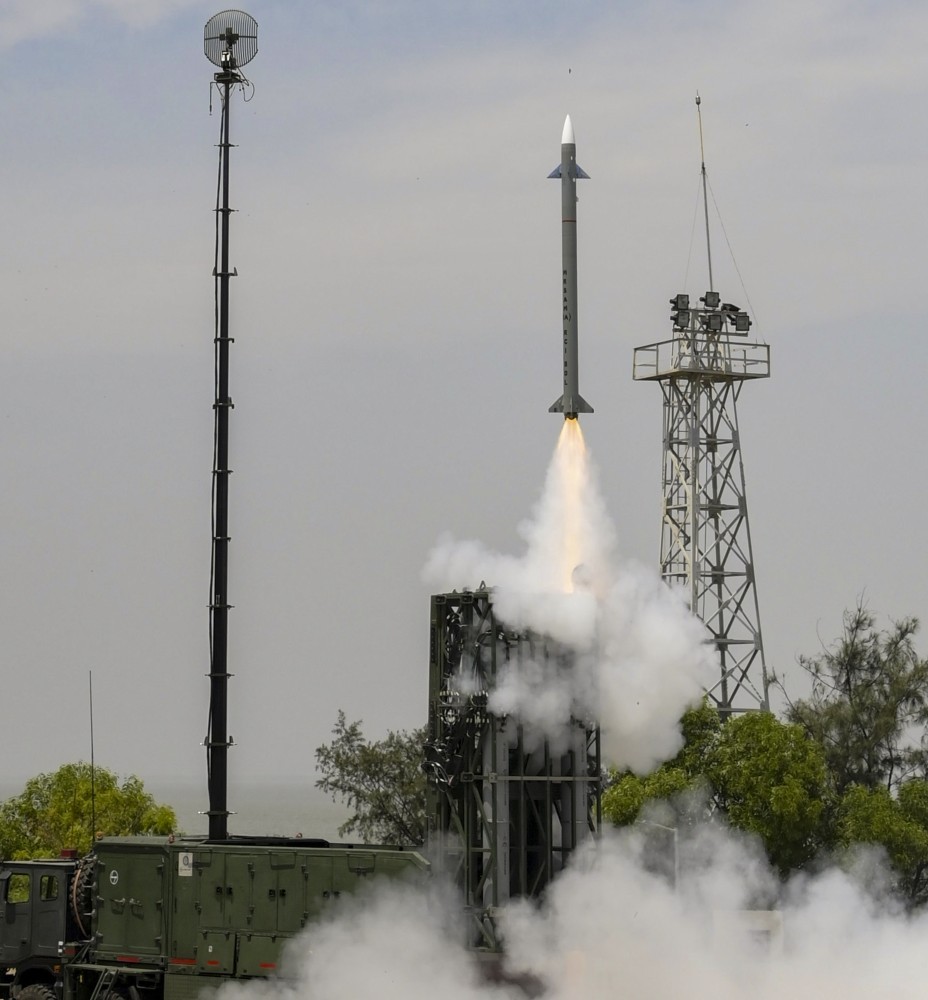
An artist's concept of the Global Positioning System. The Distress Alerting Satellite System's hardware will be deployed in the GPS systems.
WASHINGTON (PTI): NASA has unveiled an advanced satellite-based search and rescue system that it claims would quickly identify the locations of people in distress.
The next-generation system called the �Distress Alerting Satellite System� (DASS) will be able to locate emergency beacons carried by aircraft, boats and hikers almost instantaneously, the US space agency said in a statement.
DASS, designed and developed at the NASA Goddard Space Flight Centre in Greenbelt, could offer help in minutes and replace the current �Search and Rescue Satellite� system that usually take an hour or more to locate lost boaters and hikers, the agency said.
�DASS technology is the future of international satellite-aided search and rescue,� NASA Search and Rescue Mission Manager David Affens said while unveiling it on Monday.
�A few years ago, we looked to see how we could improve the system and we concluded that the international search and rescue community would benefit from new technology installed on GPS.
�We would be able to identify distress signals faster and with a greater level of precision. In the end, this will save more lives, reduce risk to rescuers, and save money because less time will be spent searching.
�When it goes online, DASS will be able to almost instantaneously detect and locate distress signals generated by 406 MHz beacons installed on aircraft and vessels or carried by individuals, greatly enhancing the international community�s ability to rescue people in distress.�
However, the new technology won�t be operational until the hardware can be fully deployed aboard a constellation of 24 new US Air Force Global Positioning System (GPS) satellites.
Nine are already in orbit, but the rest may not get there until 2017 or later, officials said.
In the meantime, the existing satellite rescue system continues to save lives, they said. So far NASA-developed technology has saved more than 27,000 lives worldwide since its inception nearly three decades ago.
The officials also urged people, setting off in boats, planes or on foot into the wilderness, to carry a satellite beacon that costs between $200 and $700 for the handheld models, and $800 and $1,500 for those used on boats.
 Previous Article
Previous Article Next Article
Next Article













The Indian Air Force, in its flight trials evaluation report submitted before the Defence Ministry l..
view articleAn insight into the Medium Multi-Role Combat Aircraft competition...
view articleSky enthusiasts can now spot the International Space Station (ISS) commanded by Indian-American astr..
view article